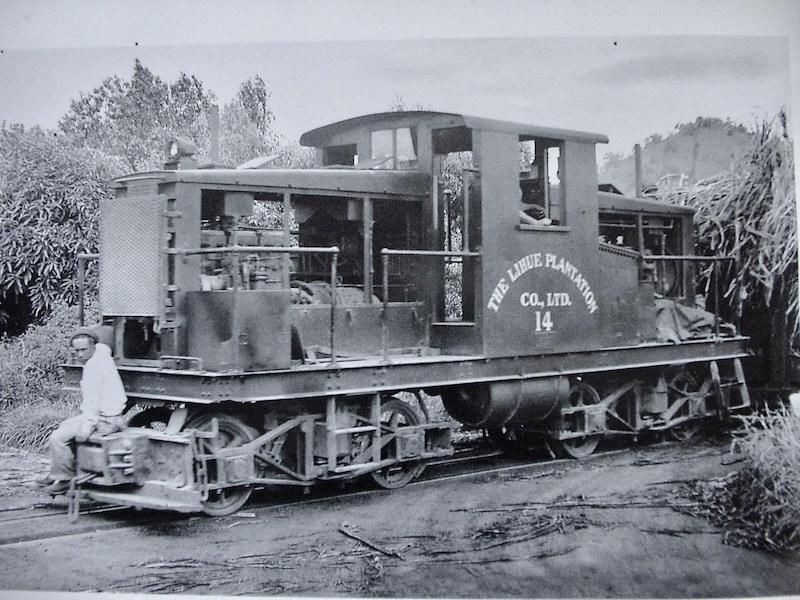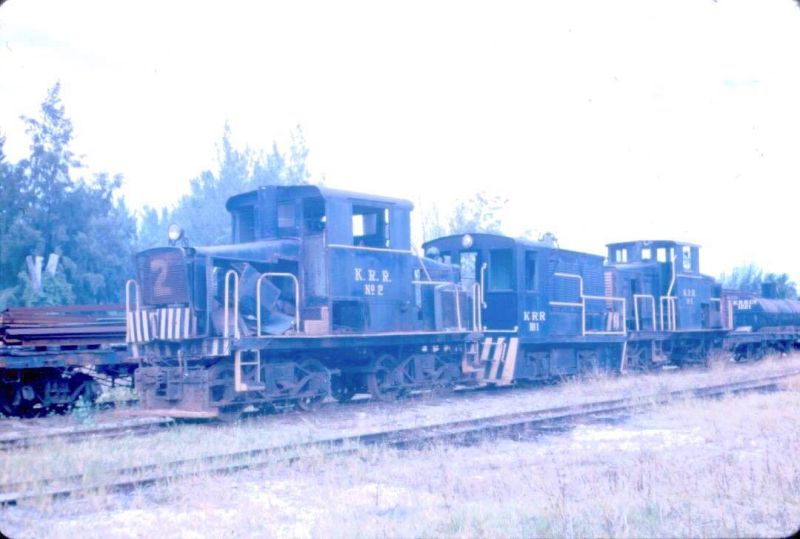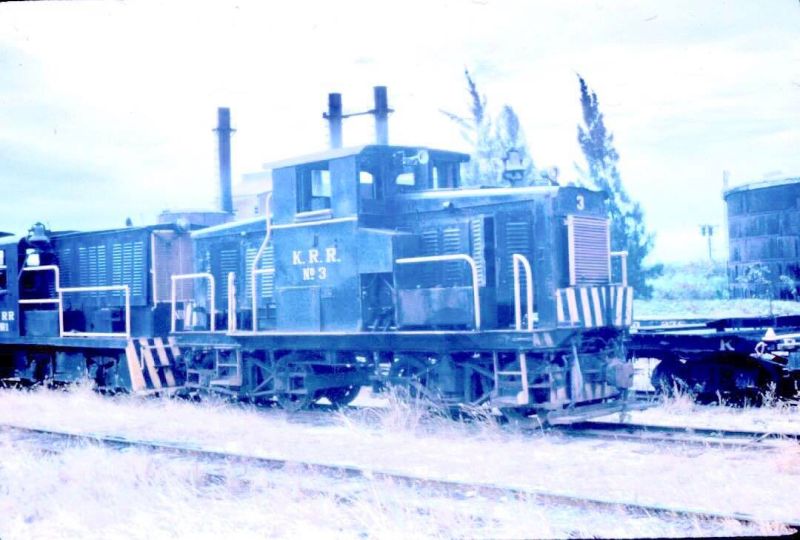Thought I would post some pictures of the locomotive I plan to build next. The Atlas car and manufacturing company built 3 of these for use on sugar plantation railroads in Hawaii in 1936-37. the first one for the Lihue plantation railroad that was 30" gauge, and the other two for the Kahului railroad’s 3’ gauge line. All three units were 27’ long by 7’ wide by 13.8’ high. powered by twin 117 cummins engines that could run independent of each other, meaning on lighter trains they could choose to run just one engine. They were also equipped with talgo mounted couplers to maneuver the 4 wheel cane cars around tight curves.
Lihue 14 (first unit) shortly after delivery in Hawaii
http://largescalecentral.com/filesharing/file/view/13798/25d89-bdc8-jpg
Kahului railroad #2&3
and the last photo of the Lihue unit before leaving Hawaii for Cuba in the mid 50’s. by this point it was upgraded with GE trucks. shortly after, they sold it to Cuba and kept the GE units till the end.
And here is the last known photo of any of the units. this is Lihue plantation #14, taken at the mill sometime in the 90’s, after some heavy modification.
And, in the end, The 30 ton GE units also went to cuba, but it is unknown if they went to the same 30" line there.
still digging for more information on either the Atlas units or the GE units. If anyone else has any information that would be great 



